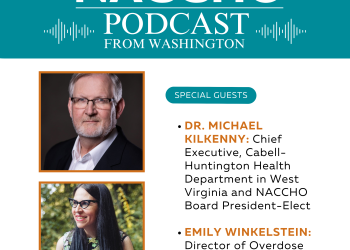The Centers for Disease Control and Prevention (CDC) recently released a new HIV Surveillance Supplemental Report: Diagnoses of HIV Infection among Adolescents and Young Adults in the United States and 6 Dependent Areas 2011–2016. This surveillance supplemental report complements the 2016 HIV Surveillance Report by presenting additional data on persons aged 13–24 years. In this report, the term adolescents refers to persons aged 13–19 years, and the term young adults refers to persons aged 20–24 years.
Overall, the report revealed that from 2011 through 2016, the annual number and rate of diagnoses of HIV infection among adolescents and young adults in the United States decreased. When viewed by age group, from 2011 through 2016, the rate for adolescents decreased, and the rate for young adults remained stable. For the first time, this report also includes tables that provide stratifications by 2-year and 3-year age groups for adolescents and young adults (Tables 5a/b–6a/b). These additional stratifications reveal that the rate of diagnoses increases as age groups increase: 0.3 for 13-14 year olds, 2.9 for 15-17 year olds, 15.6 for 18-19 year olds, 27.8 for 20-22 year olds, and 34.4 for 23-24 year olds. These findings are consistent with another recent publication in which, using surveillance data, HIV diagnoses analyzed by age group revealed striking difference in rates of diagnosis of HIV infection between persons aged 13–21 years. This underscores the importance of targeting primary HIV prevention efforts to persons aged <18 years and continuing through the period of elevated risk in their mid-twenties.
Adolescents and young adults in the United States account for a substantial number of HIV infections. Understanding the burden of HIV among different subgroups of young persons can help HIV programs focus on populations and areas at greatest need for HIV prevention and treatment services. But we can’t do it alone. Federal, state, local, and community organizations must continue to work together to implement a multifaceted approach that incorporates the educational, social, policy, and health care systems that can help support youths as they transition from adolescence into young adulthood.


